Maharana Pratap Singh was among the greatest Rajput warriors ever born in the history of Rajasthan and India. The Rajput king was notable for his extreme bravery, military supremacy, extraordinary political skills and unconditional love for motherland. The lifelong struggle of Maharana Pratap is a remarkable feature of his life history. In a nutshell, Maharana Pratap is an icon of patriotism, integrity, courage and gallantry.
The most recognizable part of Maharana Pratap attitude is his refusal to compromise with freedom. He never accepted the suzerainty of external power despite of several temptations for power, position and wealth. He rather chose a life of hardship and fought his entire life for freedom and respect. The nation thus respects him as a national hero and celebrates Maharana Pratap Jayanti every year with pride.
Brief Life History of Maharana Pratap Singh
Maharana Pratap Singh was born on 9th May in 1540 to Uday Singh II and Jaiwanti Bai at Kumbhalgarh Fort. Uday Singh II, father of Maharana Pratap was a Sisodia Rajput king of Mewar. Kunwar (prince) Pratap Singh was the eldest son of Maharana Uday. He had three younger stepbrothers, namely, Shakti Singh, Vikram Singh and Jagmal Singh.
India’s first native freedom fighter had spent most of his young days at Kumbhalgarh Fortress. Hunting remained one of his favorite sports. The hilly forest of Aravalli had been his place of hunting. Fearlessness, indomitable and courageous nature had thus grown in Maharana Pratap from his younger days. His hide and hunt skills in the forests of Aravalli helped him hunting down many of his enemies later.
Maharana Pratap Singh life history was full of struggles. It began with the siege of Chittorgarh led by the Mughal emperor Akbar in 1567. Maharana thus had to shift his entire family to Gogunda for safety reasons. Akbar made several attempts to make diplomatic settlements with Maharana Pratap. But Maharana never accepted his suzerainty. The Maharana Pratap and Akbar rivalry had been an incredible phase of Indian history. The refusal to submission attitude of Maharana Pratap Singh, often characterizes him as the first native freedom fighter of India.
Rajput dynasties lacked unity. Mughals, especially emperor Akbar had utilized the opportunity quite well, implementing his unique Rajput policy. Maharana Pratap also shown his diplomatic skills to keep good relations with other Rajput kingdoms. In fact, Maharana Pratap had to marry 11 princesses of different kingdoms to keep his political diplomacy intact. Amar Singh was his first of 17 sons and 5 daughters who also succeeded Maharana Pratap.
10 Less Known Facts About Maharana Pratap Singh
Maharana Pratap was a man of incredible character. People often remember Maharana Pratap for his brave, lifelong resistance to Mughal expansion at Mewar. But there are some lesser known aspects of Maharana Pratap life that makes him more respectful. Here are 10 intriguing lesser known facts about Maharana life history:
1. Fighting With Tigers to Save Lives
Maharana Pratap had a hobby of hunting, is actually a very common story about his life. But there is also a legendary, less known story of Maharana Pratap which characterizes his greatness. Kuwar (Prince) Pratap with his stepbrother Kuwar Shakti Singh, once went for hunting when a tiger attacked the later. Kuwar Shakti got very scared and couldn’t protect himself. But Kunwar Pratap didn’t hesitate at all to risk his life to save life of his brother. After a terrible fight, Kuvar Pratap eventually killed the tiger.

Another Maharana Pratap tiger hunting legend is famous in Rajasthan. While visiting house of his friend Chakrapani, Maharana Pratap hears the news that a tiger dragging away children. The legendary king again didn’t hesitate to go to jungle to search and hunt the tiger down. All these stories actually symbolize the bravery and love for people of Maharana Pratap Singh.
2. Accession to the Throne: Supported by Nobles
Prince Pratap was the eldest son of Rana Uday Singh. Despite of that, Maharani Dheer Bai, stepmother of Kuwar Pratap, wanted her own son Kunwar Jagmal to ascend the throne. But the nobles of Rana Uday Singh’s court always knew Kuwar Pratap was the right choice for the throne. Post a long debate and conflicts, Kuwar Pratap was declared ascended the throne of Mewar.
3. Maharana Pratap Height and Physical Stature
The armors of Maharana Pratap gives a rough idea about his height and weight. According to historical accounts, Maharana Pratap was 7 feet 5 inches tall with a weight over 110 kg.
4. Maharana Pratap Sword and Armory
The weight of Maharana Pratap swords and armors were about 25 kg and 72 kg respectively. Immensely powerful Maharana Pratap would easily carry armories of 208 kg of weight. HIs swords and armors are now kept at Maharana Pratap museum at Udaipur, Rajasthan.

5. Rejecting Mughal Peace Proposal
Mughal emperor Akbar sent many peace proposals to Maharana Pratap, for accepting his suzerainty. Maharana kept refusing Akbar’s proposals. After rejecting Akbar’s first four proposals, Maharana Pratap sent his son Amar Singh to Akbar’s court. Rejection of Akbar’s fifth peace proposal by Maharana Pratap eventually inflicted the Battle of Haldighati.
6. Killing Bahlol Khan
The incident of killing of Mughal commander Bahlol Khan is an example of ability of Maharana Pratap at the battlefield. He cut Bahlol Khan in two pieces along with his horse with his sword. The Battle of Haldighati is thus famous despite Maharana Pratap lost the battle.

7. Love for His Loyal Horse
Maharana Pratap’s loyal horse, Chetak, known for his crucial role to save his master’s life, after the Battle of Haldighati. Chetak, despite being severely injured, carried Maharana Pratap across the river to safety. Unfortunately, Chetak soon died because of his battle wound.

The lesser known fact about Maharana Pratap is his equal love and respect for Chetak. Maharana Pratap was among the rare warriors to have built memorial for a horse. Chetak’s memorial was built at the spot he died, at the village of Balicha, in Rajsamand district of Rajasthan. Archaeological Survey of India have declared the memorial as a monument of national importance.
8. Establishing New Capital of Mewar
After suffering a defeat at the Battle of Haldighati on 18th June 1576, Maharana Pratap had to retreat further southwards. But Maharana was relentless in his efforts to recapture his lost territories. Soon Maharana Pratap captured Chawand, a town 65 kilometers south to Udaipur, defeating the Rathors and established his new capital. Thereafter Chavand became his military base as well.

Maharana Pratap had lived at Chawand for two decades, until he took his last breath. Unfortunately, the palace of Maharana Pratap at Chawand is now just a ruin.
9. Tactical Guerrilla Warfare
Akbar thrashed his army with modern canons and artillery at the battle of Haldighati. Losing majority of his resources, Maharana decided to avoid direct confrontation with the Mughals. He kept launching surprise attacks on Mughal troops, camps and supply lines and quickly hide into rugged terrain of Aravalli. Maharana Pratap kept the Mughals disturbed, resisting them take full control over the region.
Maharana launched a lot of raids on Mughal camps in dark nights. The tactical Guerrilla warfare of Maharana Pratap applied a psychological pressure on the Mughals. Mighty Mughal cannons were left useless for such kind of attacks. It eventually frustrated Akbar, who after a period, started losing focus on Rajputana. Maharana Pratap utilized the time gap remarkably, to rebuild his army. It became extremely crucial for his success at the Battle of Dewair, to reclaim many of his lost territories.
10. Winning Faith and Support of the Bhil Tribe
Maharana Pratap had immense respect for local culture and traditions, including the Bhil community. This respect fostered a strong bond of trust between Maharana Pratap and the Bhils. Punja Bhil, the commander of Maharana Pratap, consolidated Bhil community to support him.
The Bhils shared the common goal of independence with Maharana Pratap. They started believing in Maharana’s ability and will, seeing his lifelong fight for Mewar against the foreign power of Mughals.
The Bhils, the largest tribe of Mewar, were excellent archers with deep knowledge of local geography. Knowing their strength, Maharana Pratap used them effectively to collect necessary intelligence for him. Maharana also used their archery skills effectively in his Guerrilla warfare.
11. Locally Forging Cannons
Historically, Maharana Pratap was the first Rajput warrior to forge cannons locally. He understood the fact quite well that he can’t reclaim his lost territories with such small combats.But his army of cavalry and archers also couldn’t face the mighty Mughal cannons and field guns. Hence, Maharana Pratap needed such innovation but in a cost effective way.
Locally forged cannons boosted the morale of Maharana Pratap’s men quite significantly. He fortified his stronghold positions further by placing his locally produced cannons.
12. Choosing the Hard Life
Maharana Pratap lived an uncompromising dream to reclaim Chittor from the Mughals. He took his oath to give up all his luxuries until fulfillment of his dream. Hence, Maharana Pratap ate on leaf plates and slept on bed of straws. Even today, many Rajputs keep a leaf under their eating plates and straws under their bed to honour Maharana Pratap.
13. Patron of Art and Culture
History majorly speaks about life long struggles, fights and achievements. But despite all of these, Maharana Pratap was a great patron of art and music. Even during his difficult times, he encouraged preservation of Mewar’s art and culture.
14. Death of Maharana Pratap
The first native freedom fighter of India sustained a deep wound during his hunting. The infection cause slow deterioration of his health. Maharana Pratap eventually died on 19th January 1597, because of the wound infection.
Legacy of Maharana Pratap Singh
The life story of Maharana Pratap Singh is a true inspiration to billions of Indian hearts. He was one of the greatest warriors of 16th century, who almost single handedly fought against the mighty Mughal forces. His unconditional patriotism for Mewar later influenced many freedom fighters during Indian freedom struggles.
In essence, Maharana Pratap’s life story is one of unwavering courage, loyalty, and resilience. His death, in fact, brought Mughal emperor Akbar in tears for a moment. His commitment and principles, has solidified his place as one of India’s most revered historical figures.
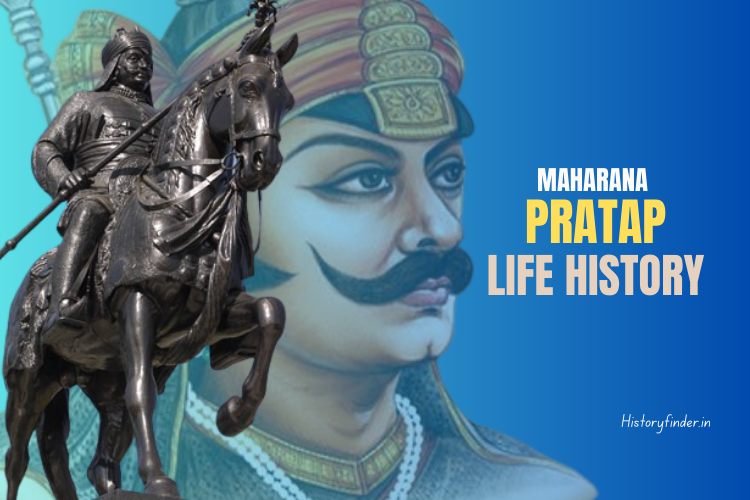
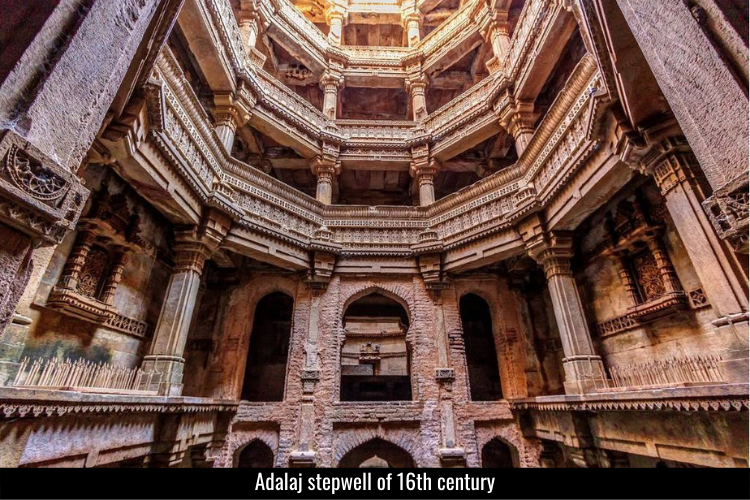
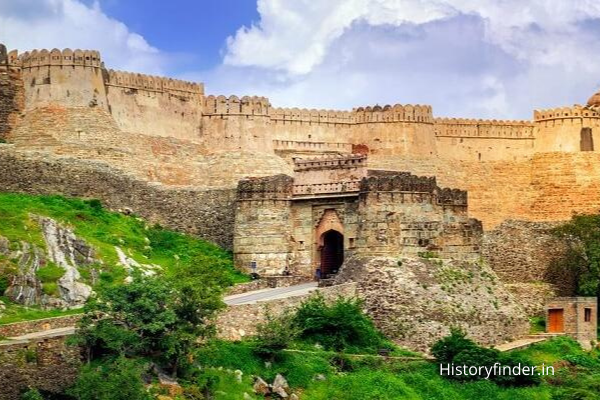
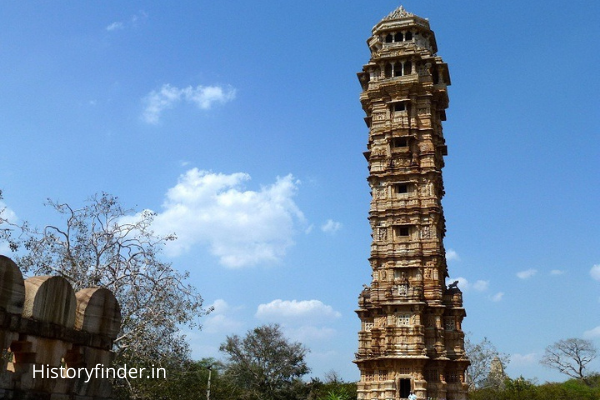
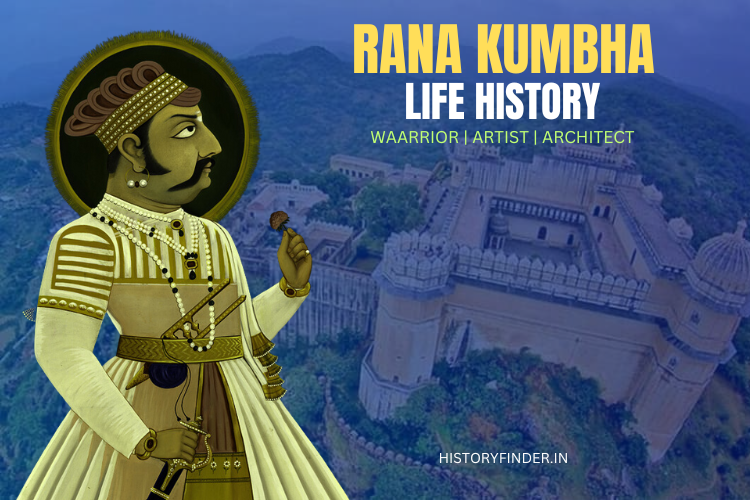
Pingback: History of Kumbhalgarh fort in Rajasthan - History Finder
Pingback: Jalaluddin Akbar history and his military conquests - History Finder
Pingback: Chittor Fort history of siege and jauhars - History Finder